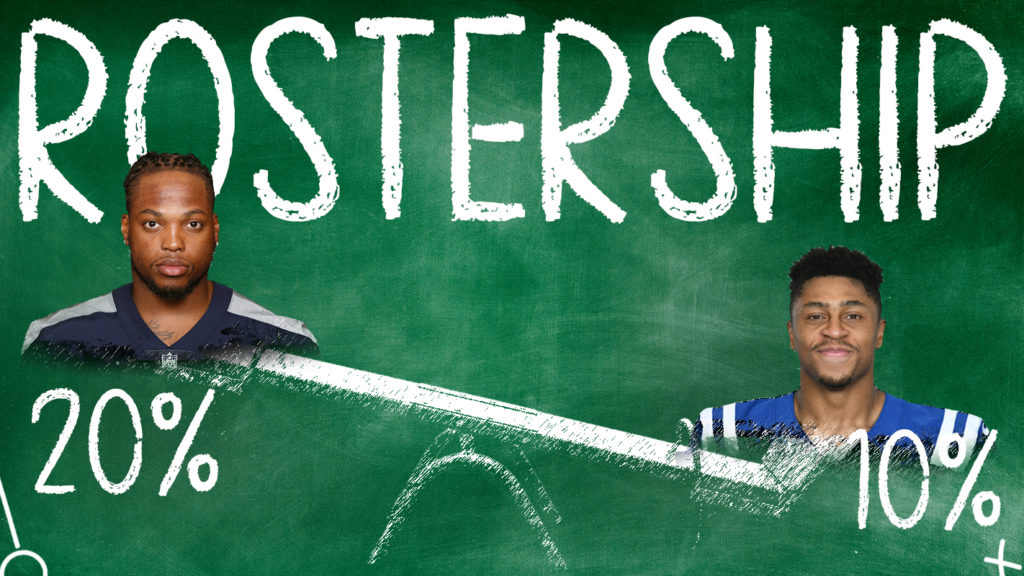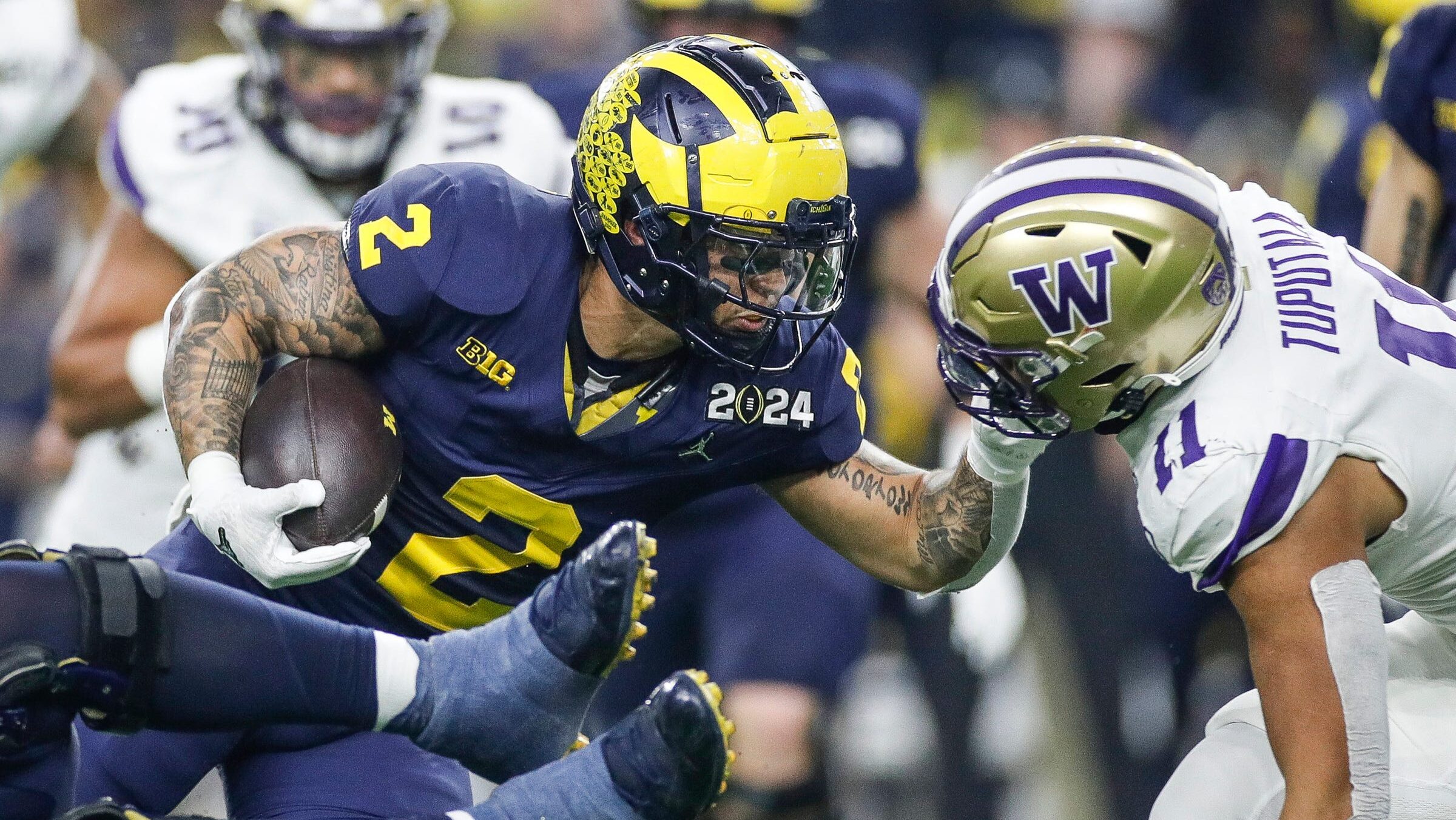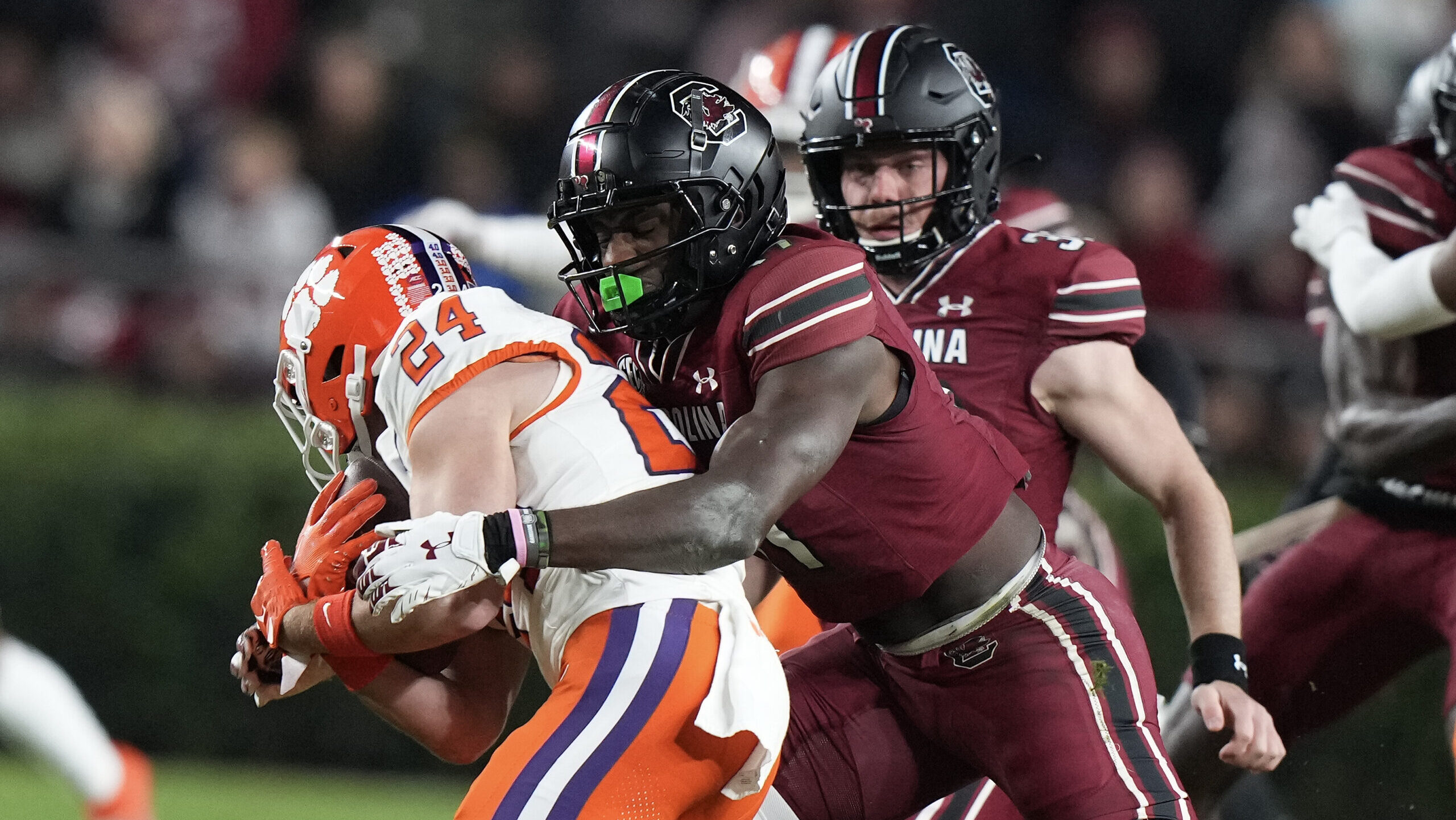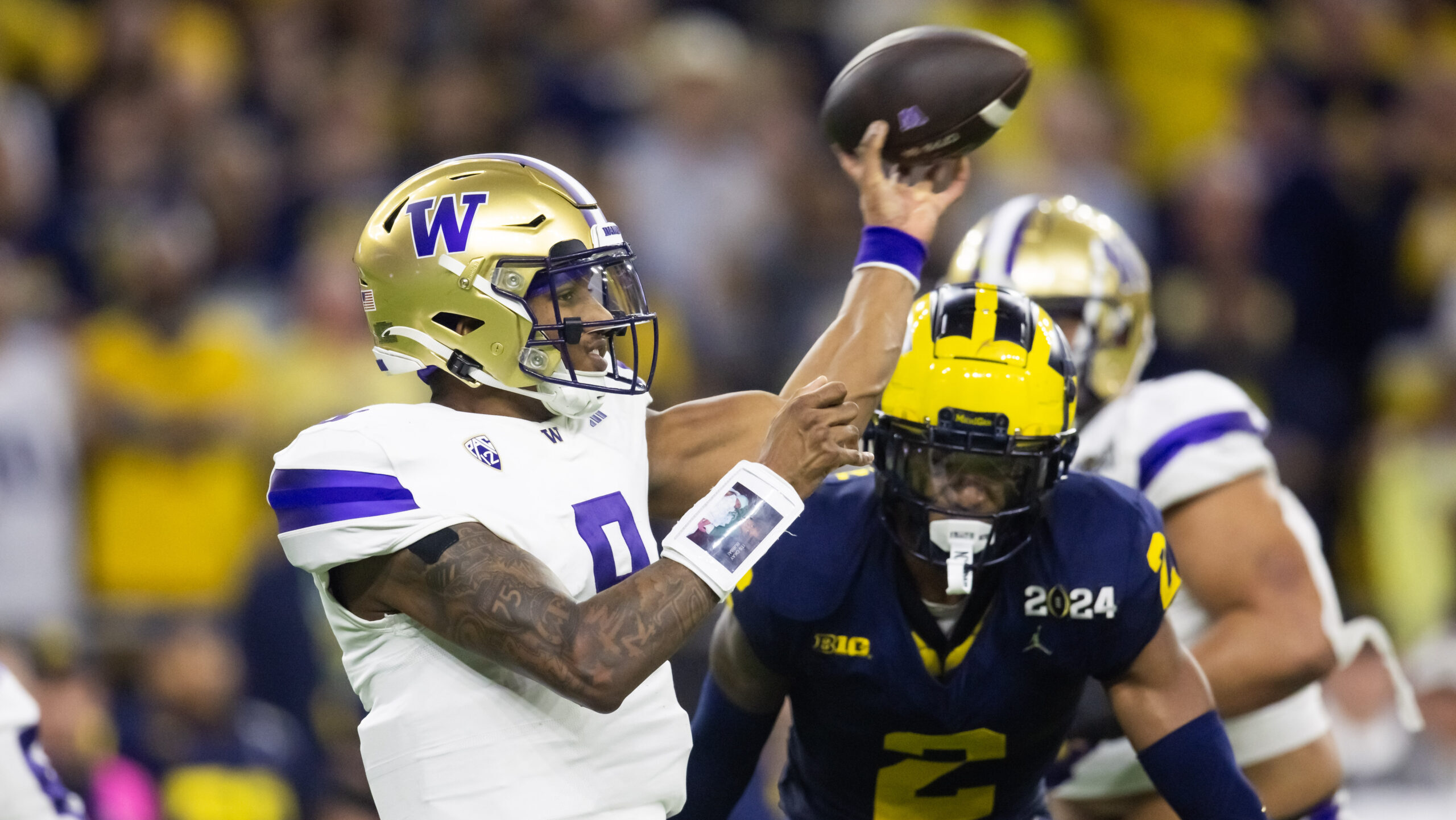Fantasy
8/9/22
4 min read
Tournament Rostership, Leverage, and Chalk Players

You will want to get unique in tournaments to set yourself apart. This doesn’t mean you must avoid the star players in every game; they are likely popular because they're going to score many fantasy points. Below is how I approach tournament rostership and how we will be exploiting it this year. Rostership and leverage go hand and hand. To start, we need to understand what these two terms represent. Rostership is how many lineups are playing a particular individual. Leverage is a concept in which you pick a stance in a specific situation to gain an advantage in the contest you are playing.
Vegas Totals
Vegas Totals are an essential starting point when building lineups. They point you to which games have the potential to have the most points available to them and where most of the rostership will be. In Week 1, we have the Chiefs vs. Cardinals and Raiders vs. Chargers as two games with over 50-point totals on the main slate. These two games will consist of a lot of popular plays, and that is without including pricing.
The totals will not always be correct, but that does not mean you must disregard the games with lower point totals. From there, implied totals are the next thing you should look at. The Colts may not be in as high of a point total as the Chiefs vs. Cardinals but being 7.5-point favorites with a 45.5-point total gets them a higher implied point total than the Cardinals. Implied totals are calculated using the total points and the spread, so the Colts implied total is 26 points, and their opponent, the Texans, has an implied total of 18 points. If you add these up, you get to their over/under total for the game of 44 points.
In this Chiefs vs. Cardinals game, the over-under is 53 points, with the Chiefs being 3-point favorites. From those numbers, we can determine that the Chiefs have an implied total of 28 points, and the Cardinals have an implied total of 25 points. Implied totals help to identify the most popular teams, but there are always ways to gain leverage in these situations.
Rostership
Projecting rostership has a multitude of factors involved with it. For starters, the highest point totals in a given week will generally lead to having increased exposure to offensive players. The pricing of each player also heavily dictates rostership. For example, if Nick Chubb is out of the lineup this week and Kareem Hunt is worth $5,000 in salary, Hunt will naturally have a significant rostership regardless of the matchup. As you build your lineup, you will have a few decisions to make with Hunt because, in outcomes where he scores over 20 points, he is generally more likely to be in the winning lineup. This opportunity is an excellent example of leverage in large GPP tournaments.
Leverage
Leverage is the opportunity to pivot away from that player to a different player on the same team; for example, playing a lower-rostered Tee Higgins instead of Ja’Marr Chase. It can also be in a similar price range at a lower rostership; this could be a reason for playing Nick Chubb over Derrick Henry. It gets trickier as the year goes on because the highest-rostered players are that way for a reason, and it becomes easier to identify the best players with pricing in each given week.
Here’s a simple scenario to demonstrate why playing a high-rostered or “Chalk” player or two would not be bad if you found other ways to get unique. Say you are in a 1,000-entry contest and want to play Derrick Henry at 35% rostership versus the Jacksonville Jaguars. That means 350 lineups will have Derrick Henry in them. Therefore, for my lineup construction, I want the Titans playing with the lead, so I want to take a pass catcher on the opposing team. This leads us to tight end Evan Engram; he is priced at $3,400 and comes in at only 3% rostership, meaning only 30 lineups in the contest have him. Engram makes your lineup more unique, and he becomes the player you are rooting for the most. Low-rostered players are the deciding factor at the top end of a contest and help separate your lineup from the field.







